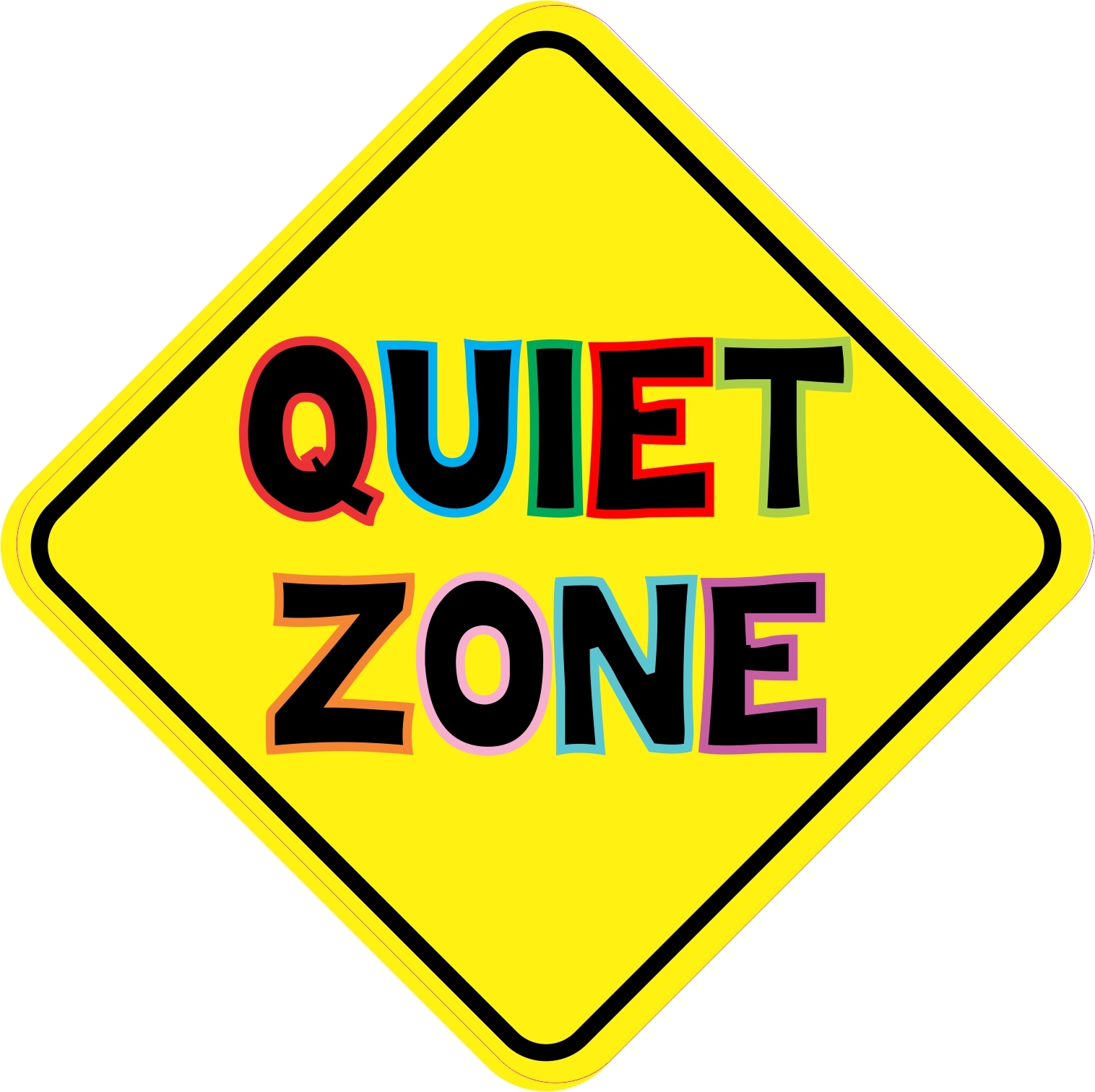Unraveling The Mystery Of Quiet At First Strands: Hints And Insights
There is something truly captivating about a puzzle that, at first glance, seems to hold its secrets very close. This is precisely the feeling many word game enthusiasts get when faced with a challenge like "quiet at first strands." It's a theme that, quite frankly, asks you to look beyond the obvious, to really listen for what isn't being said, in a way. You might find yourself staring at a grid of letters, wondering where to even begin, but then a small idea, a little spark, can make all the difference. This particular kind of word play, you know, it often rewards a different kind of thinking, a patient sort of observation.
The idea of something being "quiet at first" can feel a bit mysterious, can't it? It suggests a hidden element, something that does not announce itself loudly right away. For those who enjoy word games, especially the popular NYT Strands, this phrase hints at a deeper linguistic trick, a clever play on words that makes solving the puzzle a delightful discovery. It's almost like a secret code waiting to be cracked, where the initial silence gives way to a chorus of understanding once you figure out the pattern, which is pretty cool.
Many players, myself included, have found themselves pondering this very theme. It’s a wonderful example of how word puzzles can stretch our minds, encouraging us to think about language in new and interesting ways. Whether you are a seasoned puzzle solver or just getting started, the concept of "quiet at first strands" offers a unique mental exercise. It challenges you to consider the nuances of words, their sounds, and their spellings, making the whole experience rather rewarding.
- What Is Daily Mail
- Tnt Broadcast Tonight
- Power Outage Entergy
- Koa Campground Near Dollywood
- Lolwarm Item Guide
Table of Contents
- Understanding "Quiet at First Strands"
- Why "Quiet at First" Puzzles Are So Engaging
- Tips for Solving "Quiet at First" Puzzles
- Scan the Board Carefully
- Think About Word Sounds and Spellings
- Look for Common Letter Patterns
- Use Hints Thoughtfully
- Beyond the Puzzle: The Broader Idea of "Quiet"
- Frequently Asked Questions
Understanding "Quiet at First Strands"
The phrase "quiet at first strands" really points to a specific kind of linguistic feature, especially in the context of word puzzles like the New York Times Strands game. It's about words that start in a particular way but are pronounced quite differently. This can be a tricky concept, yet it's also what makes these puzzles so much fun to figure out. The game designers, they are rather clever in how they pick these themes, often making you think outside the typical word search box.
The December 9, 2024 Puzzle
Consider, for instance, the Strands puzzle from Monday, December 9, 2024, which had "quiet at first" as its central theme. This particular puzzle, Strands #281, challenged players to uncover seven words, including a special "spangram." The words themselves, once found, beautifully illustrated the theme's meaning. It was, in a way, a masterclass in how a simple phrase can hide a complex linguistic idea, making the puzzle a truly memorable one for many.
The words that made up this puzzle were quite telling: "gnome," "honesty," "knuckle," "mnemonic," "psalm," and "wrap." Each of these words, you see, begins with a letter that is not spoken when the word is said aloud. The spangram, the overarching word connecting them all, was "silentletter." This just shows how the theme was very directly tied to a specific characteristic of English words, which is pretty neat.
- Films Justin Timberlake Has Been In
- Jaguars Qbs
- Hacked
- Best Blue Oyster Cultongs
- Connecticut Department Of Motor Vehicles Norwalk
The Linguistic Twist
So, what does "quiet at first" truly mean in this context? It refers to words that begin with a silent letter. That initial letter is there in the spelling, but when you say the word, that sound is simply not present. Think about the 'k' in "knuckle," or the 'g' in "gnome." These letters are "quiet at first" because they do not contribute to the initial sound of the word. It's a fascinating aspect of our language, really, and one that can easily trip up someone who is not looking for such a subtle clue. This kind of word play is, well, it's a bit of a linguistic wink, you might say.
This concept, too it's almost, makes the puzzle more than just a search for words; it becomes an exploration of phonetics and spelling. You are not just finding words, you are uncovering a pattern related to how words are built and pronounced. This particular theme, "quiet at first," demands a careful ear as much as a sharp eye, which is quite an interesting twist for a word game. It really gets you thinking about the sounds words make, or don't make.
Why "Quiet at First" Puzzles Are So Engaging
There is a special joy that comes from solving a puzzle that initially seems impenetrable. "Quiet at first strands" puzzles offer just that experience. They present a challenge that feels substantial, and the moment of realization, when the theme clicks, is incredibly satisfying. It's a testament to the cleverness of the puzzle creators and the beauty of language itself. You often feel a real sense of accomplishment when you crack one of these, you know?
The Allure of the Unexpected
The appeal of these puzzles lies in their unexpected nature. Most word searches or crosswords rely on direct definitions or straightforward letter combinations. But "quiet at first" introduces a layer of linguistic knowledge that many might not actively consider in their daily lives. It pushes players to think about the quirks of English spelling and pronunciation, which can be quite surprising. This element of surprise makes each discovery feel more like a genuine insight, rather than just a simple find.
It's like finding a hidden passage in a familiar place; you knew the place, but you didn't know all its secrets. These puzzles, they kind of offer that same thrill. The initial difficulty, the quietness of the theme, builds up the anticipation, making the eventual solution all the more rewarding. It’s a very satisfying feeling when you finally spot those silent letters, isn't it?
Finding the Hidden Connections
What makes these puzzles so compelling is the need to find a connection that is not immediately obvious. You are not just looking for words; you are looking for words that share a specific, subtle characteristic. This requires a different kind of focus, a more analytical approach to the letter grid. When you finally piece together the pattern, perhaps realizing that all the words have a "silent" opening letter, it's a moment of true clarity. This process of uncovering a hidden link is, well, it's genuinely enjoyable for many players. You might find yourself saying, "Ah, that's it!"
The satisfaction comes from making those mental leaps, from connecting seemingly disparate words through a shared, unpronounced beginning. It strengthens your understanding of language and, in a way, sharpens your observational skills. It's a mental workout that feels more like a playful challenge than a chore, which is always a good thing, don't you think? Learn more about on our site for more engaging word challenges.
Tips for Solving "Quiet at First" Puzzles
Tackling a "quiet at first strands" puzzle, or any challenging word game, benefits from a thoughtful approach. While the theme itself gives a big clue, knowing how to apply that clue effectively can make all the difference. These tips can help you untangle those word woes, as the saying goes, and find those elusive answers. You might find these methods very helpful, really.
Scan the Board Carefully
Before you start swiping letters, take a good, long look at the entire grid. Sometimes, a word will jump out at you, even if you don't yet understand the theme. Look for longer words first, as they can sometimes be easier to spot. Also, pay attention to clusters of letters that often appear together. For instance, 'KN' or 'WR' might be good starting points if you are thinking about silent letters. A thorough initial scan can often reveal a few easy wins, or at least some promising leads, which is always a nice start.
It's also a good idea to try looking for words in all directions—horizontally, vertically, and diagonally. Sometimes, you might miss a word just because you are only looking one way. A wide-angle view, you know, can often reveal things you might otherwise overlook. Just give it a good once-over, and see what pops out, so to speak.
Think About Word Sounds and Spellings
Since "quiet at first" relates to silent letters, you need to think about words that start with letters that are not pronounced. This is a crucial hint. Consider words like "knife" (silent K), "write" (silent W), "honor" (silent H), or "psychology" (silent P). Keep a mental list of these common silent letter beginnings. When you see a "K" at the start of a word in the grid, for example, but it doesn't sound like a "K" word, that might be your target. This strategy is pretty central to solving these specific puzzles.
You might even try saying the words you form aloud, just to check if the first letter truly is silent. This auditory check can be surprisingly effective. It helps you confirm your suspicions about a word fitting the theme. So, in some respects, listening to the words, even in your head, is a big part of the game. It's a bit like being a detective, but for sounds.
Look for Common Letter Patterns
Beyond just the silent letter, many words that contain silent letters also follow certain patterns. For example, 'GH' can be silent in words like 'light' or 'through,' though these are not typically at the beginning. Focus on the beginning of words for this theme. Look for 'KN', 'GN', 'WR', 'PS', 'MN', 'RH', 'BT', and 'PT' combinations. These are common indicators of a silent first letter in English. Recognizing these patterns can speed up your search considerably, which is really helpful when you are under time pressure or just feeling stuck. This sort of pattern recognition is quite a skill, actually.
Sometimes, just seeing a 'P' followed by an 'S' can immediately trigger the thought of a silent 'P' word, like "psalm" or "psychic." These visual cues are very valuable. The more you play and pay attention to these linguistic quirks, the better you will become at spotting them. It's almost like building a mental library of tricky word beginnings, you know?
Use Hints Thoughtfully
If you are truly stuck, the NYT Strands game offers hints. Use them, but use them wisely. A hint will highlight some letters on the board, pointing you toward a theme word. Don't just blindly connect the highlighted letters. Instead, try to understand *why* those letters were highlighted. What common characteristic do they share? This thoughtful use of hints helps you learn the theme rather than just getting the answer. It's a bit like getting a nudge in the right direction, rather than being given the full map, which is more satisfying.
Sometimes, even one hint can reveal the entire pattern of the puzzle. Once you find one "quiet at first" word, the others might become much clearer. It's like finding the first piece of a jigsaw puzzle; suddenly, the rest of the picture starts to make more sense. So, don't be afraid to ask for a little help, as a matter of fact, it can really get you going.
Beyond the Puzzle: The Broader Idea of "Quiet"
The theme "quiet at first" extends beyond just a word puzzle. The word "quiet" itself has a rich meaning, encompassing various states of being and absence. It describes not only sounds but also states of calmness, or a lack of disturbance. This versatility makes the word applicable in many contexts, both physical and emotional. It's a word that carries a lot of weight, despite its simple sound, or lack thereof, you know?
Quiet as an Absence of Sound
Most commonly, "quiet" means making no noise or sound, or having very little sound. When you are trying not to wake a sleeping lion, you will be quiet when you run by it. This is the most direct meaning of the word, referring to an absence of auditory activity. It's about stillness, about not disturbing the peace. This kind of quiet can be incredibly calming, or sometimes, a bit unsettling, depending on the situation. It’s a very fundamental concept, really, the absence of noise.
A quiet place might be a library, a deserted street late at night, or a room where everyone is concentrating. It is characterized by a near absence of noise, allowing for focus or rest. This kind of quiet is often sought after in our busy lives, providing a much-needed break from constant stimulation. It's a state of being where sounds just aren't a factor, which is pretty nice sometimes.
Quiet as a State of Calm
Beyond just sound, "quiet" can also describe a state of calmness, an absence of turbulent motion or disturbance. If a place, situation, or time is quiet, it means there is no excitement, activity, or trouble. A quiet life might mean a peaceful existence, free from drama or chaos. It is a description of serenity, a sense of inner peace. This broader meaning of quiet is quite profound, actually, suggesting a deeper sense of tranquility.
This sense of quiet can be found in a peaceful moment of reflection, a calm evening at home, or a situation where things are simply settled. It is very quiet without certain disturbances, allowing for a sense of ease. This particular aspect of quiet speaks to a feeling of contentment and undisturbed harmony. It's a state that many people strive for, that sense of inner stillness, you know?
Frequently Asked Questions
Here are some common questions people have about the "quiet at first strands" theme and related word puzzles:
What is the theme for today's Strands puzzle?
The theme for a Strands puzzle changes daily. For Monday, December 9, 2024, the theme was "quiet at first," referring to words that begin with silent letters. You can check the NYT Games website or dedicated puzzle sites for the current day's theme and hints. It’s always a fresh challenge, so to speak.
How do I get hints for NYT Strands?
In the NYT Strands game, you can get hints by finding non-theme words that are at least four letters long. Each time you find three such words, you earn a hint. Using a hint will highlight some letters on the board that are part of a theme word, helping you to find it. It's a system that rewards you for playing, which is pretty cool.
What are the answers for Strands #281?
For Strands puzzle #281 on December 9, 2024, with the theme "quiet at first," the answers were: "gnome," "honesty," "knuckle," "mnemonic," "psalm," and "wrap." The spangram, which covers the entire theme, was "silentletter." These words all beautifully illustrate the concept of a silent letter at their beginning, you see. You can find more specific hints and solutions for past puzzles by looking up the date, if you need to.
- When Did Bob Marley Die Age
- Jaguars Qbs
- Welsh Park Rockville Md
- How Do I Order Checks From Chase
- La County Fair Map

Connecting With A Quiet Kid - OU Life

Quiet Signs - ClipArt Best

Download High Quality quiet clipart emoji Transparent PNG Images - Art